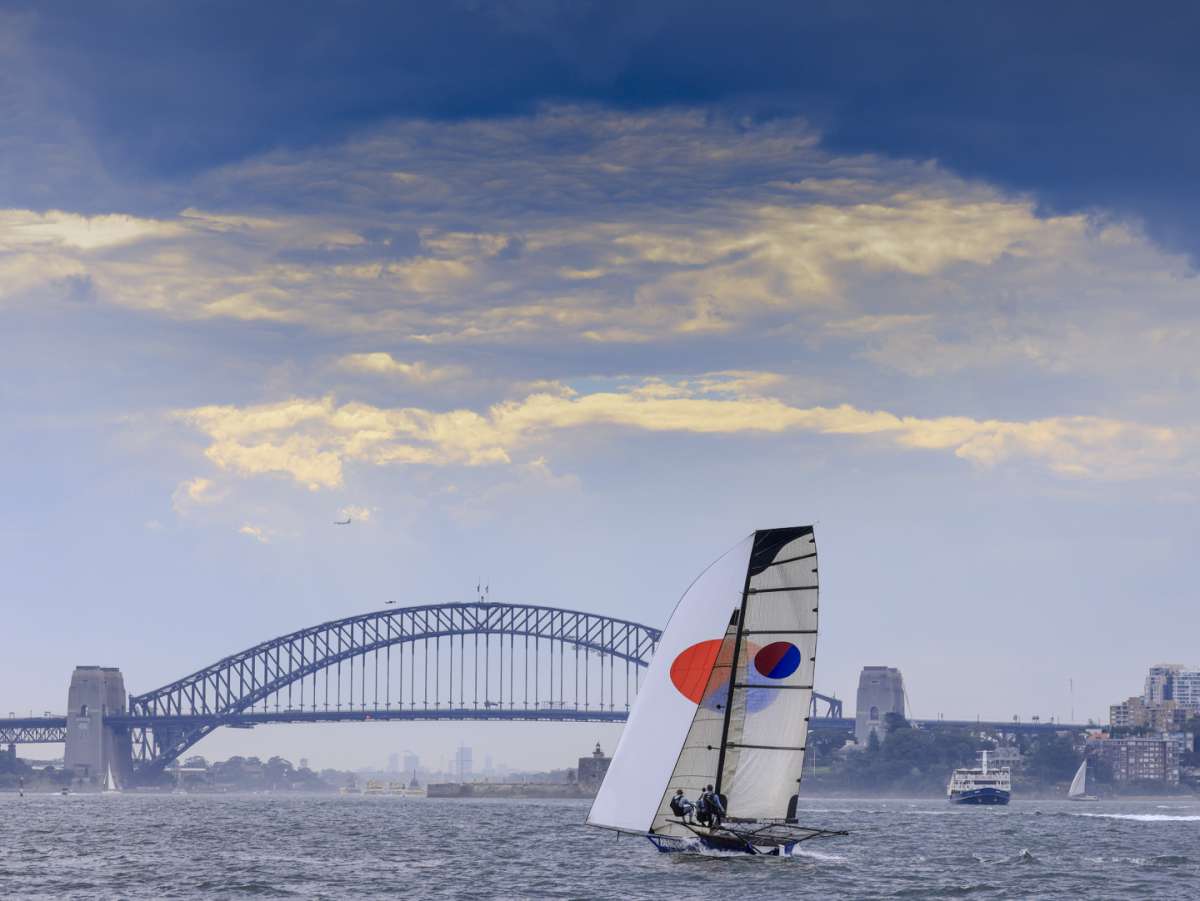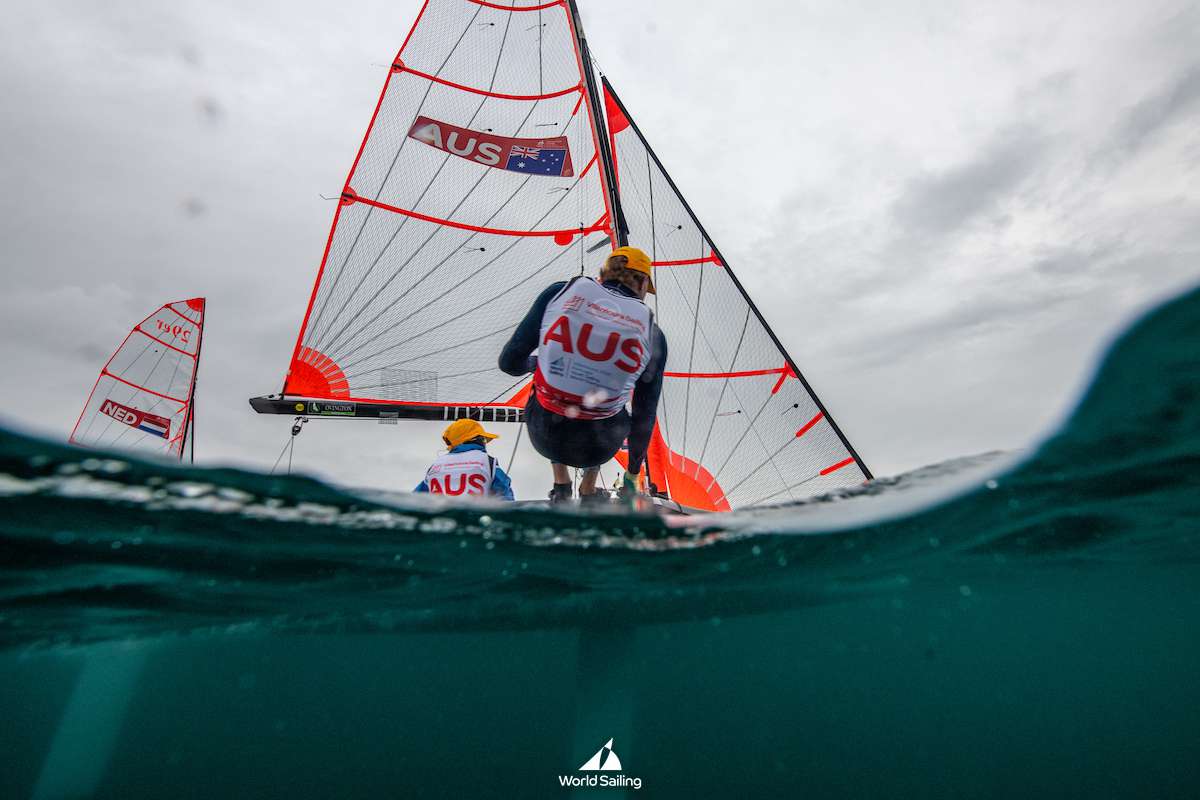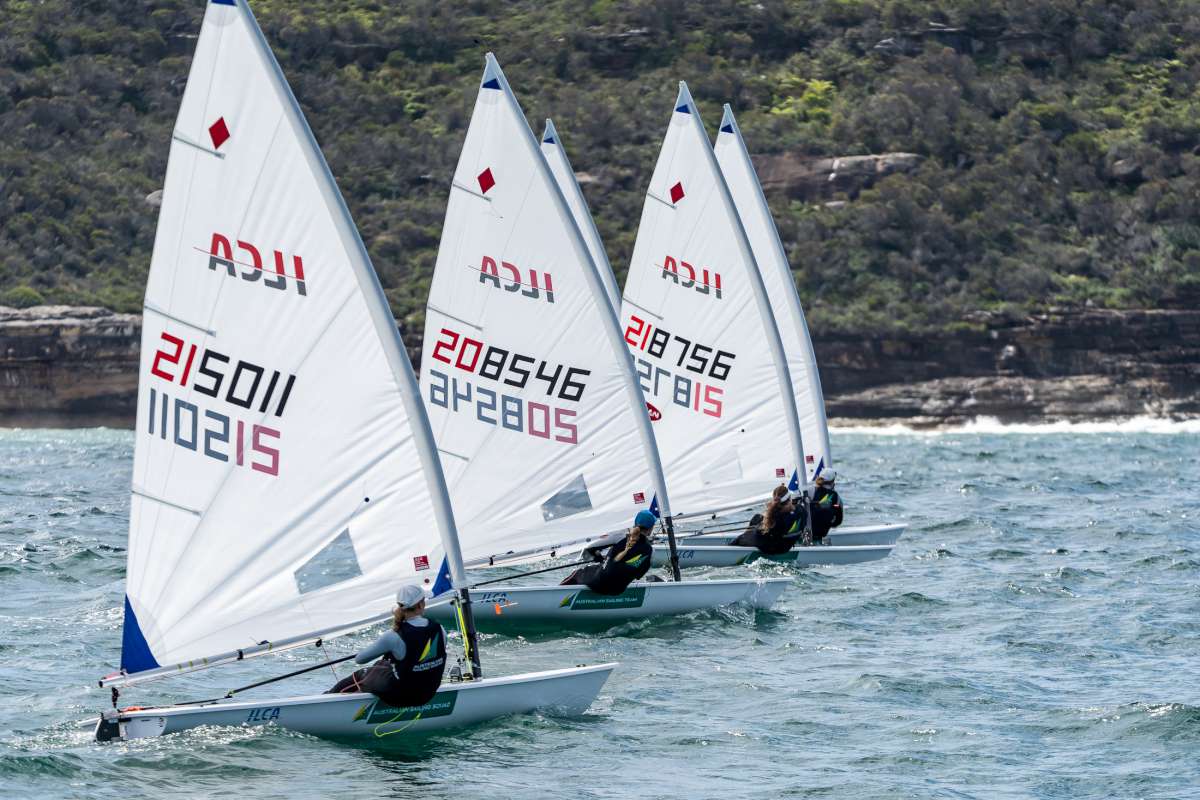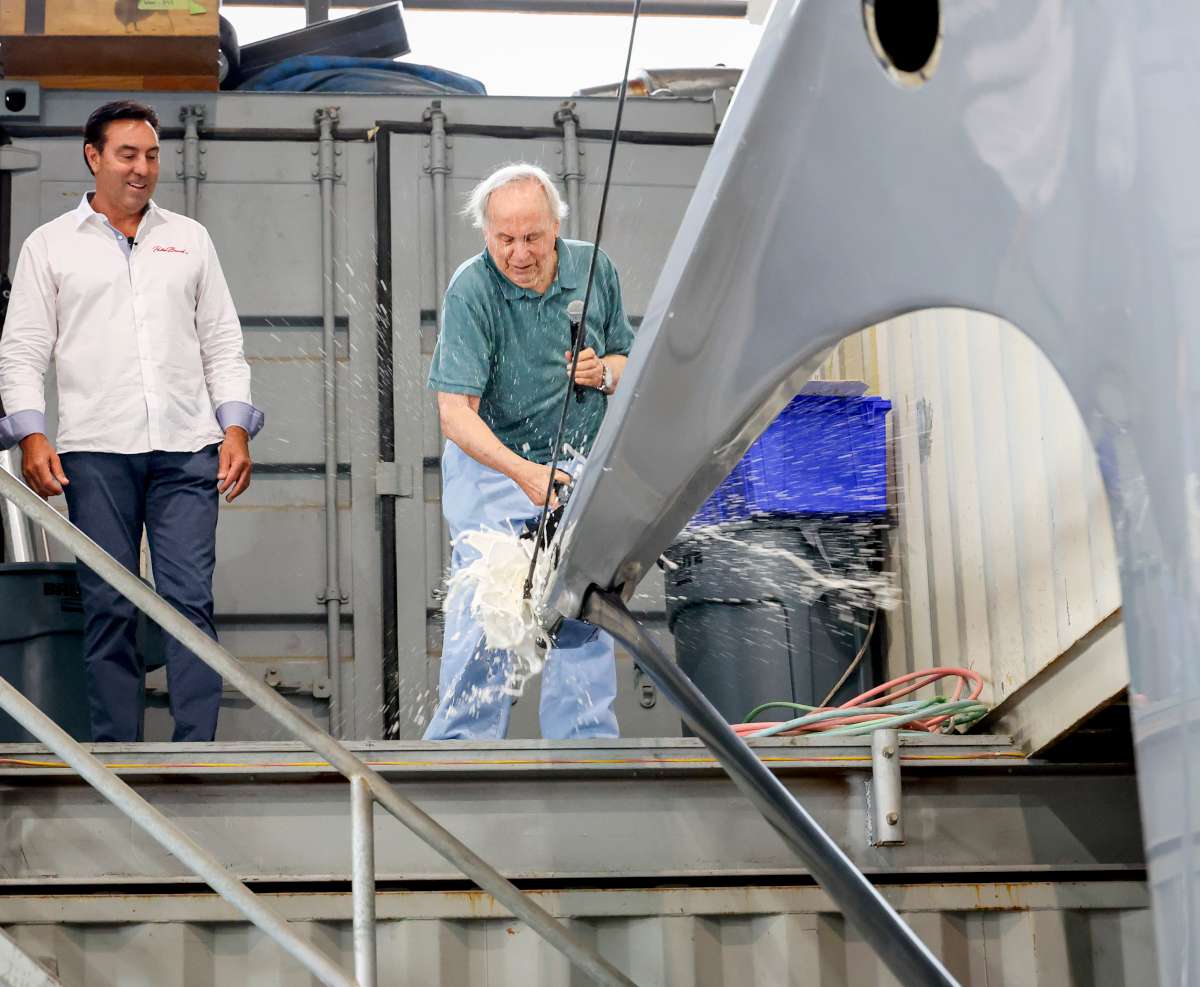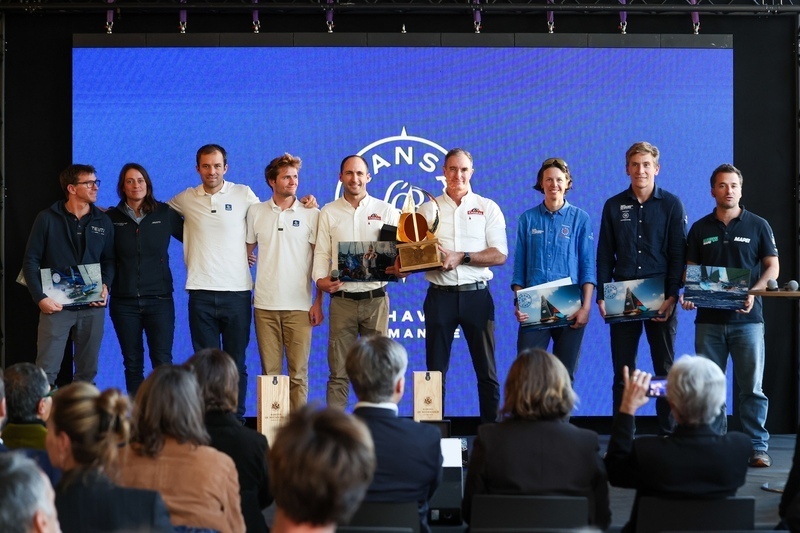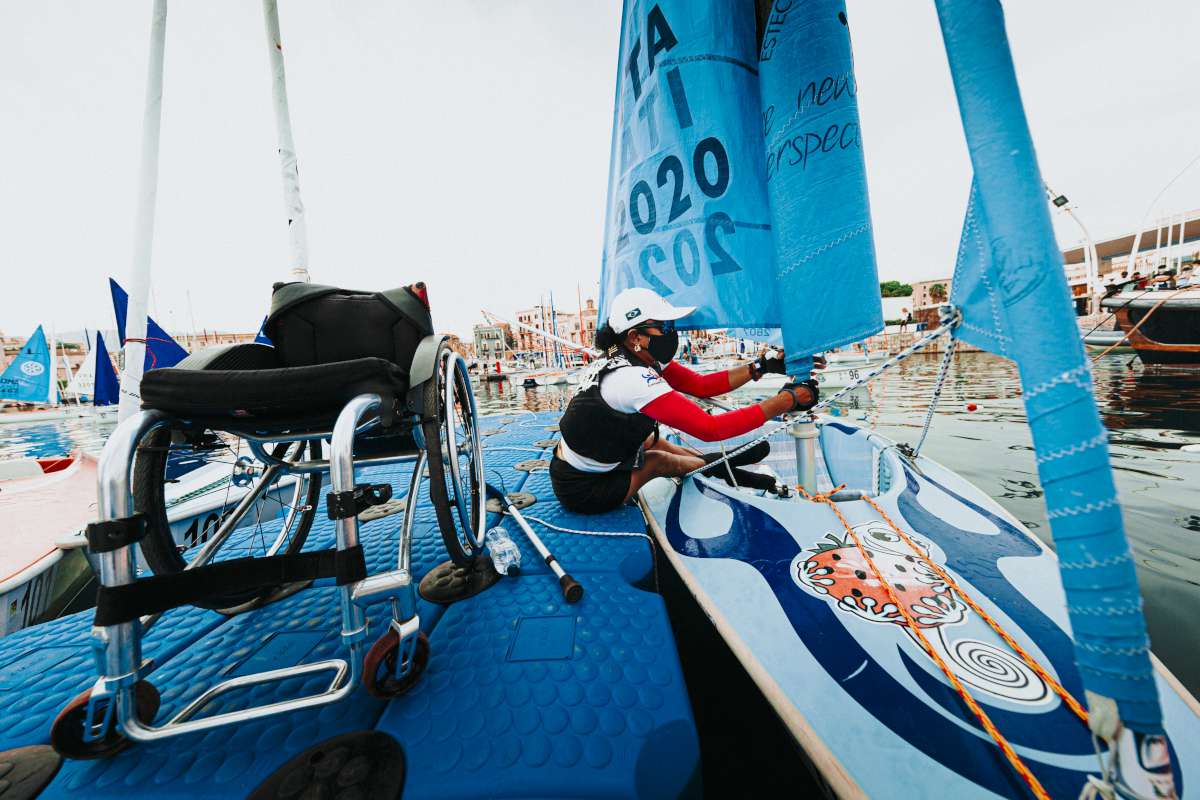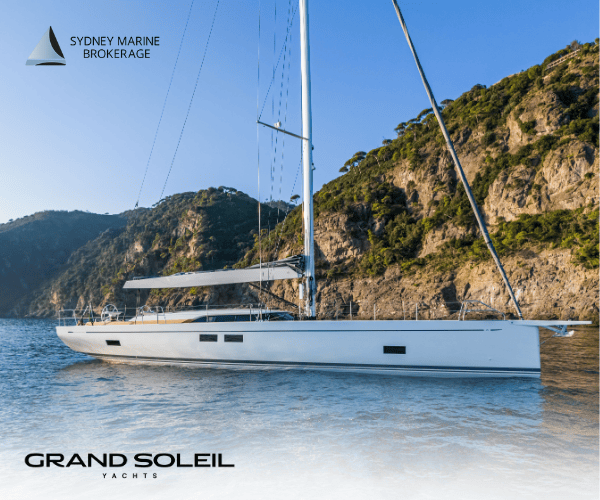Inside Science. By Yuen Yiu.
During Columbus’ third voyage to the Americas, as his six-ship fleet sailed around the southern tip of Trinidad, an island just off the coast of Venezuela, they encountered a freak wave taller than the ship’s mast. The wave hoisted the ships up to its peak before dropping them down into a huge trough. Columbus would later name the passageway Boca del Serpiente – Mouth of the Serpent – for the ferocity of its waters.
Once regarded as myths or pieces of folklore, rogue waves can spike out of nowhere and dissipate just moments later, terrifying sailors and sinking ships. Half a millennium would pass after Columbus’ encounter before the first rogue wave was measured by a scientific instrument. On New Year’s Day of 1995, the Draupner oil platform perched in the North Sea off the coast of Norway spotted a wave 84 feet tall – more than twice the height of its neighboring waves.
Scarce data
Like stock market crashes and devastating earthquakes, the study of rogue waves has been plagued by the scarcity of data.
“The Draupner wave was the first time that a rogue wave was actually observed by a scientific instrument; before that it was all just people telling about it. But if we want to learn more about these waves, we’ll need to obtain better statistics and more data,” said Tobias Grafke, a physicist from the University of Warwick in the U.K. He is an author of a paper published in the journal Physical Review X that explored the probabilities of rogue waves from a statistical perspective.
“It's a very localized phenomenon that comes out of nowhere. I mean, you can just put certain measurement points somewhere and hope that a rogue wave would come by, but it's very, very rare,” said Hadas Frostig, a physicist from Boston University not involved in Grafke’s paper.
Moreover, “rogue waves are so strong that they often destroy the instruments trying to measure them,” said Grafke.
Due to the difficulty of collecting real-world data – even a team of satellites would probably struggle to spot the fleeting, unpredictable waves – researchers have mostly studied rogue waves in wave pools, dialing in specific conditions that might generate a rogue wave.
Stacking versus interacting
Scientists think rogue waves can be generated via two main mechanisms. In the first, waves of different wavelengths, peaking at the same spot, combine to build a massive wave. Because each of their amplitudes simply adds up to form the final height of the rogue wave, it is referred to as a linear process. In contrast, the second mechanism is nonlinear and has to do with how waves with different wavelengths interact and exchange energy with each other. (Check out this infographic by Quanta Magazine that explains the difference between the two concepts.)
A rogue wave can be built linearly or nonlinearly, or a combination of both.
Depending on how a wave model is set up, the relative importance of the two mechanisms is different. “What we want is a theory that can predict the probability of these waves and the way they evolve given the state of the ocean,” said Grafke. In other words, a model that can predict rogue waves based on the ocean condition without having to predetermine the significance for each mechanism.
Grafke and his colleagues developed a model based on mathematical concepts called solitons and instantons. Solitons are solitary excitations in a field, such as single, short pulses of light; instantons are mathematical devices for interpreting rare events in systems where random processes are present.
According to Amin Chabchoub, who studies environmental fluid mechanics at the University of Sydney in Australia and was not involved in the paper, the model is unique in its approach to predicting the occurrence of rogue waves independent of the formation mechanism.
Read the full story at Inside Science.





